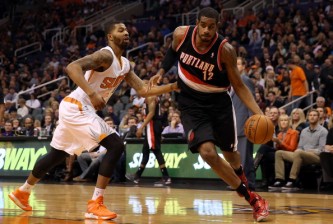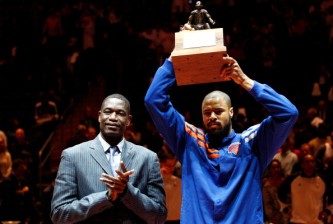The modern-day convenience of technology is something to marvel over, especially with regards to the way we watch sports. For instance, soccer fans today can easily stream the World Cup for free from the comfort of home or while traveling around the world without having to be in Europe or pay hefty cable fees. If they’d like they can even place a bet on the World Cup to try their hand at winning some money. However, the simplicity and convenience of today’s technology were not always available to sports fans. One has to wonder about things as they were in the past and how different they are now. This article addresses just how far sports watching has come.
Pre-technology: The early years
Well before there was broadcasting technology, there was sports, and even then, there were dedicated fans. Fans would have to view the games in person if they wanted to watch them. As such, the events and venues were prepared and announced beforehand to give the enthusiasts ample time to go to the stadia and watch them – a model that has carried on to date.
Broadcasting technology: The formative years
Eventually, technology would advance to a point in time where it was possible to broadcast sports over different forms of transmission. Although not all broadcasts allowed for the spectators to watch the games, their contribution is notable and culminated into what we have today. The advances took place at different times in different countries, in the following order:
Print broadcasts
Sports in print media first appeared in the 1850s with Spirit of the Times, a sports magazine dedicated to horse racing. At the time, sports were not as highly regarded as they are now and readership was not taken up with enthusiasm. Eventually, the passion for games would pick up, and this would call for better ways of broadcasting sporting events.
Telegraph broadcasts
Telegraph broadcasts began as early as the 1890s, with the first notable broadcast being of the Stanley Cup challenge series in Canada in 1896. While the game was played, a group of people would receive the progress of the game over telegraph and then map it out and announce it to the spectators on a model field.
Eventually, a voice broadcast was attempted in 1919 in the US. The progress of the game was received via broadcast, and the announcer would then proceed to narrate the events as they were. However, this was not a live broadcast in the sense that we know it since there was a significant delay in the transmission and broadcast.
Radio broadcast
The first radio broadcast of a sporting event was of a football game in Minnesota in 1912. Unfortunately, due to the bleak effects of war on sports, the next radio broadcast of a sporting event would be in 1920, where again a football game aired. The progress would then build up rapidly after that and more sporting events would be aired via radio.
Televised broadcast
Television broadcasts began in 1936 with the Olympics. At the time television technology had not advanced to what we know it, so the broadcast was only cast to 500 people and with little resolution to boot. Eventually, however, televised sports broadcasts would advance to color broadcasting in 1955 of a tennis game and the introduction of instant replay in 1955 in a Hockey game. The advancement would pick up even faster with the introduction of cable television to sports broadcasting in the 1960s.
New media: The years of advancement
Sports broadcasting has taken on a life of its own, fueled by the convenience of the internet. The first notable sports broadcast was in 2005 following the launch of an online-only sports network by ESPN. Broadcasting evolved in a way that allows for access to many different forms of media, including print, radio, and television. Even with the geo-restrictions put in place by sports networks, you can easily stream your favorite sports from anywhere in the world with just the help of a proxy or VPN.
The Takeaway
Sports viewership has undoubtedly come a long way from when people had to flock into stadia to watch matches. While all you need today is a stable internet connection and an internet-enabled device, it is necessary to appreciate the evolution of sports viewership and the notable challenges of the same.






















